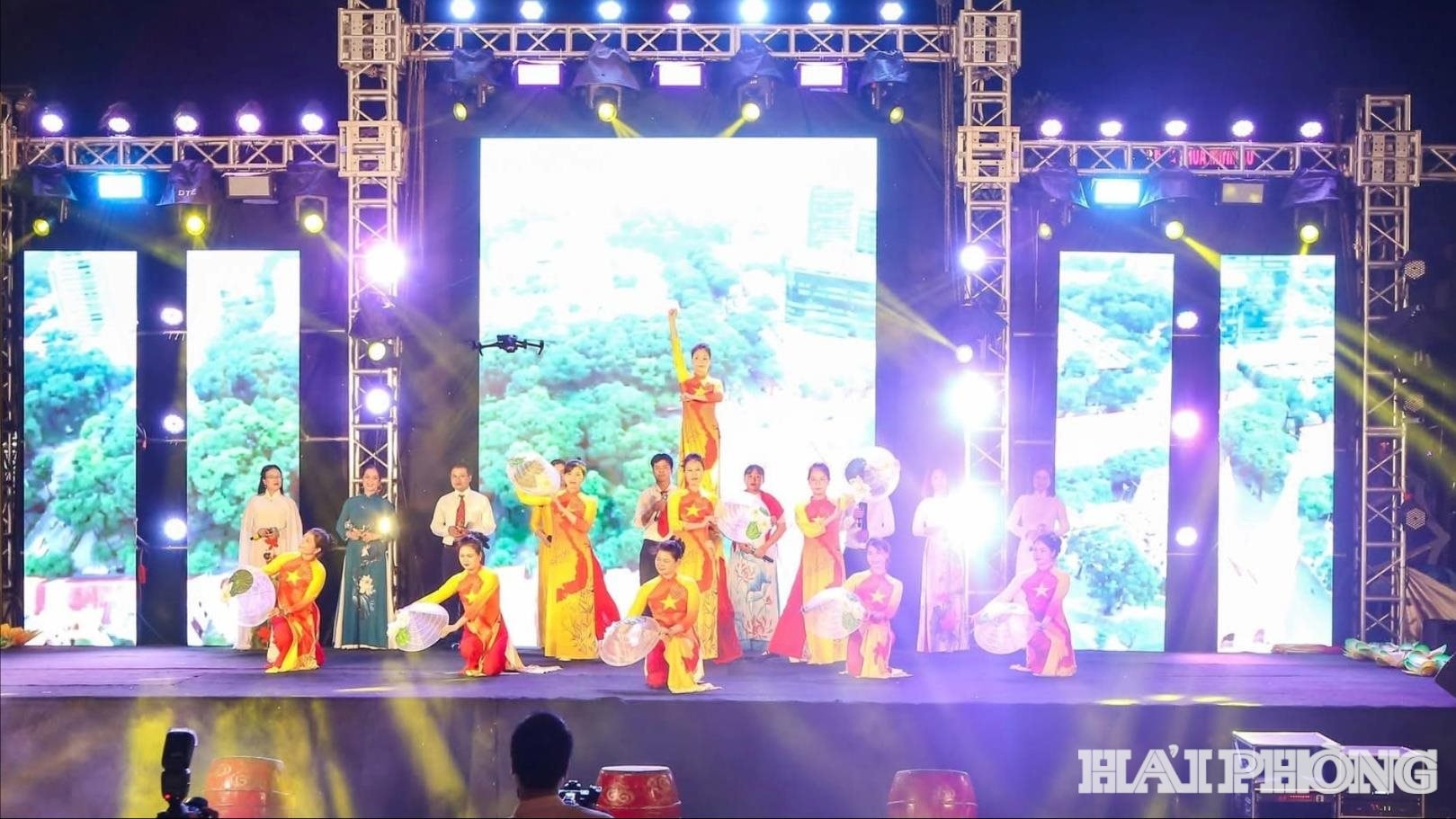
Since before the August Revolution in 1945, throughout the two resistance wars and until today, Hai Phong culture has always been moving and changing, becoming an important resource in building a civilized and modern Port city.
Eliminate bad customs, strive to build a new culture
In the late 19th century, under the yoke of French colonial rule, Hai Phong's cultural life was marked by strong exchanges and confrontations. French-Vietnamese education replaced feudal Confucianism to train officials to serve the ruling apparatus, but at the same time it also produced a new generation of intellectuals who nurtured a spirit of resistance.
In urban areas, Western culture is present through church architecture, villas, and Western streets, while the Vietnamese community still maintains the worship of Ngo Quyen, Le Chan, etc., along with a system of pagodas. The Chinese maintain guilds and guild halls; the Catholic community builds many large churches, creating a multi-layered cultural appearance.
In spiritual life, press, literature and art became a sharp ideological front. As a seaport city, Hai Phong was one of the three largest press centers in the country, where revolutionary press operated secretly, spreading the Party's policies and awakening the masses. Literature and art were associated with the port city, contributing to arousing national consciousness, with names such as Nguyen Hong, The Lu, Van Cao... Culture during this period was both imposed and nurtured the desire for independence, becoming the spiritual foundation for the August Revolution.
After the August Revolution in 1945, under the leadership of the Party, Hai Phong culture quickly transformed in a revolutionary and progressive direction.
The City Party Committee's "Democracy" newspaper was born, calling for the fight against "hunger, ignorance, and foreign invaders". The "New Life" movement, following President Ho Chi Minh's call, spread widely, eliminating bad customs and building a lifestyle of diligence, thrift, integrity, and uprightness. Revolutionary literature and arts, and mass sports developed vigorously, especially among the youth.
In the enemy-occupied areas, the people steadfastly protected the youth from foreign culture, maintained revolutionary education and the resistance cultural movement, creating spiritual strength for the army and people of Hai Phong to contribute to the Dien Bien Phu victory.
Culture - the driving force in the new era
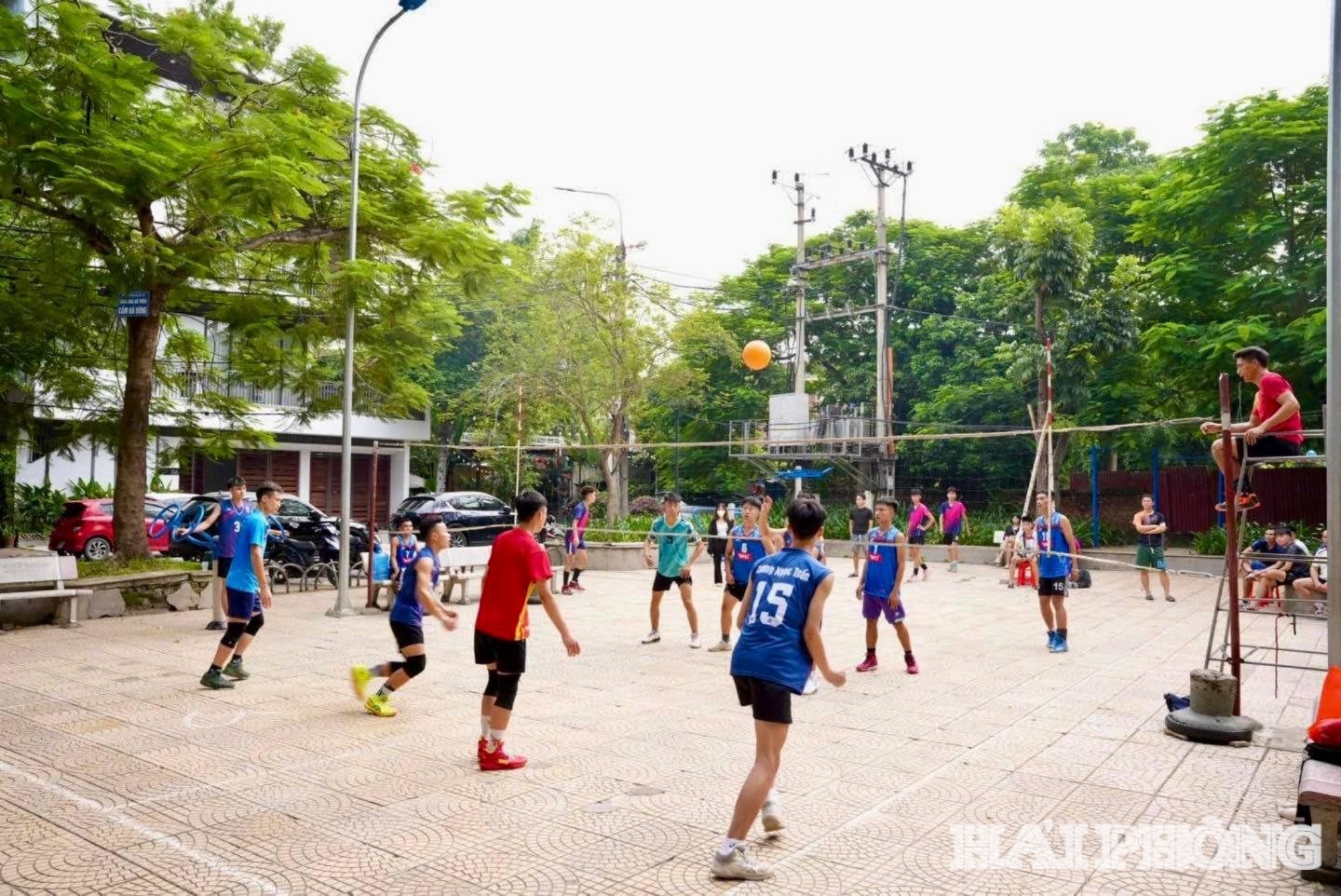
Entering the period of innovation, Hai Phong culture has increasingly affirmed its role as a driving force for development. The city always focuses on preserving and promoting heritage values. From 2021 to present, the city has spent more than 3,100 billion VND to restore and embellish dozens of national and city-level relics, combined with upgrading connecting infrastructure and developing tourism. Many traditional festivals have been restored and organized methodically such as: Do Son buffalo fighting festival, An Bien village festival, Le Chan female general festival, Trang Trinh temple festival, Con Son - Kiep Bac...
Major cultural events such as the Red Flamboyant Festival have become the city’s trademark. In particular, the recognition of Cat Ba archipelago and the Yen Tu - Vinh Nghiem - Con Son - Kiep Bac relic complex as world heritage sites by UNESCO has opened up a great opportunity for Hai Phong to build an international brand of sea - island - cultural tourism.
Cultural and artistic creative activities also flourish. Professional art troupes organize hundreds of performances each year; exhibition activities remain vibrant. The city hosts many national and international cultural and sporting events, contributing to promoting the image of a friendly and dynamic port city.
Along with that, the system of grassroots cultural institutions has been improved; a healthy cultural environment has been built, associated with the movement "All people unite to build a cultural life" and the new rural and civilized urban programs.
In the draft Political Report submitted to the City Party Congress for the 2025 term -
By 2030, the City Party Committee has identified cultural development and comprehensive human development in Hai Phong as key tasks. The goal is for Hai Phong to become a cultural, sports and tourism center of the Red River Delta, with its own identity bearing the mark of a Port City.
The city focuses on perfecting the system of cultural and sports institutions from the city to the grassroots, ensuring synchronization and modernity. Literature and art are oriented to develop with Hai Phong identity, arousing the desire to contribute of the artists, creating many works of ideological and artistic value at the national and international level.
At the same time, Hai Phong promotes the development of cultural industries and cultural services, encourages businesses to participate in this field, and contributes to the budget. The city also strives to organize about 500 art performances each year, create 20 plays, maintain more than 22 exhibitions and aim to have many works win national awards.
Hai Phong will continue to prepare a dossier to request UNESCO to honor Trinh Nguyen Binh Khiem, Great Physician - Zen Master Tue Tinh and register additional national intangible cultural heritages, contributing to affirming the value of the heritage of the Port City in the international arena.
Hai Phong culture, from the past to the present, is a testament to the resilient vitality and aspiration of the heroic Port City. If before the August Revolution, culture was a spiritual weapon against oppression, today, culture is the endogenous driving force to build a modern, civilized, and livable Hai Phong. With a vision to 2030, the city will not only be an economic center, but also affirm its position as a center of culture, sea tourism, regional and international heritage - a new symbol in the journey of national development.
CONFIDANTSource: https://baohaiphong.vn/van-hoa-hai-phong-dong-gop-tich-cuc-trong-dong-chay-cach-mang-519206.html



![[Photo] General Secretary To Lam attends the opening ceremony of the National Achievements Exhibition](https://vphoto.vietnam.vn/thumb/1200x675/vietnam/resource/IMAGE/2025/8/28/d371751d37634474bb3d91c6f701be7f)
![[Photo] General Secretary To Lam presents the 45-year Party membership badge to comrade Phan Dinh Trac](https://vphoto.vietnam.vn/thumb/1200x675/vietnam/resource/IMAGE/2025/8/28/e2f08c400e504e38ac694bc6142ac331)
![[Photo] Prime Minister Pham Minh Chinh meets with Speaker of the New Zealand Parliament Gerry Brownlee](https://vphoto.vietnam.vn/thumb/1200x675/vietnam/resource/IMAGE/2025/8/28/cec2630220ec49efbb04030e664995db)
![[Photo] Politburo works with the Standing Committee of Cao Bang Provincial Party Committee and Hue City Party Committee](https://vphoto.vietnam.vn/thumb/1200x675/vietnam/resource/IMAGE/2025/8/28/fee8a847b1ff45188749eb0299c512b2)
![[Photo] Red flag with yellow star flutters in France on National Day September 2](https://vphoto.vietnam.vn/thumb/1200x675/vietnam/resource/IMAGE/2025/8/28/f6fc12215220488bb859230b86b9cc12)
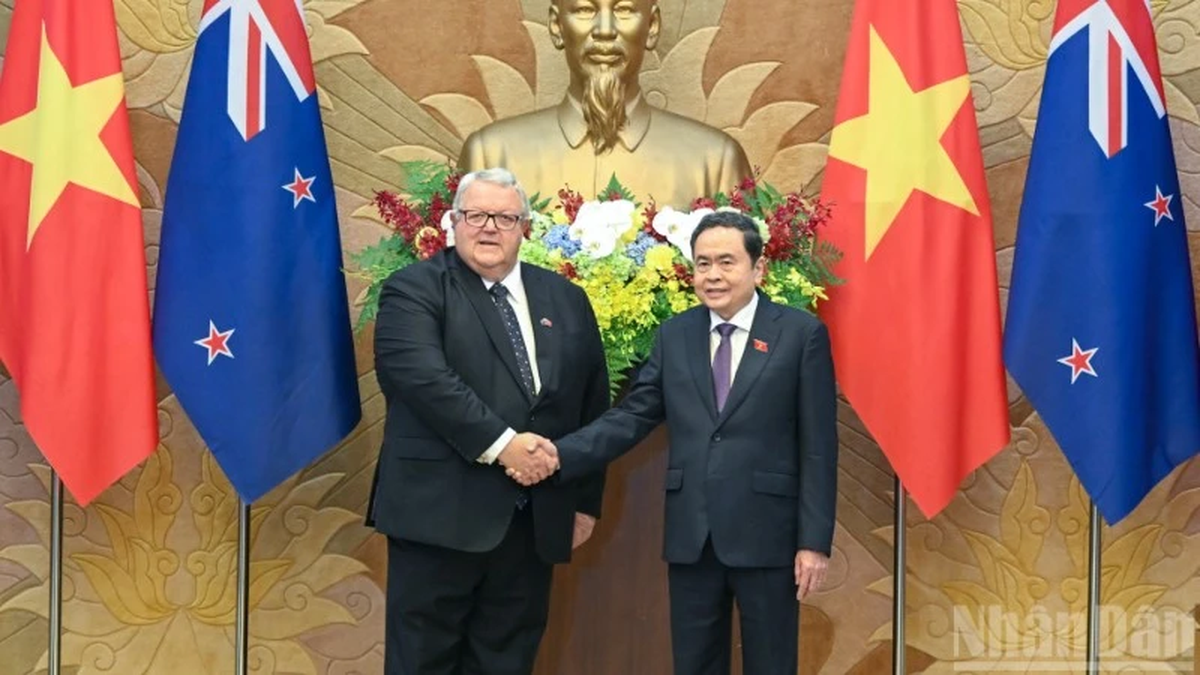
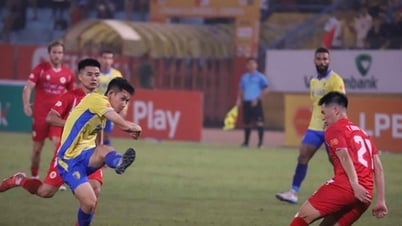

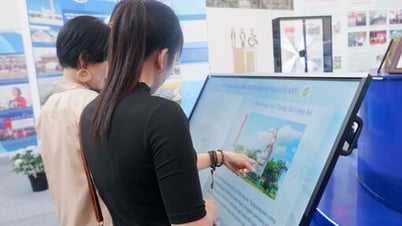

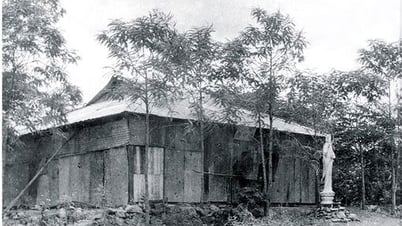
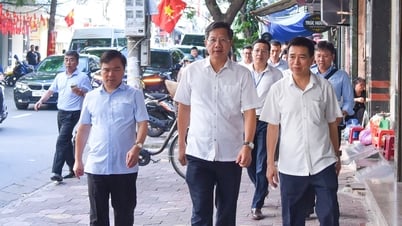
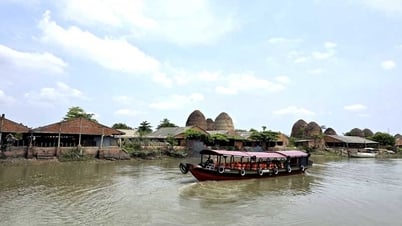

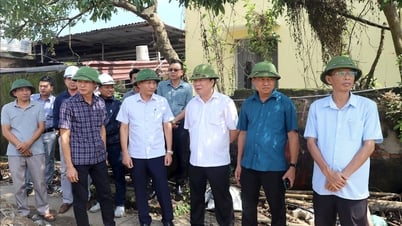







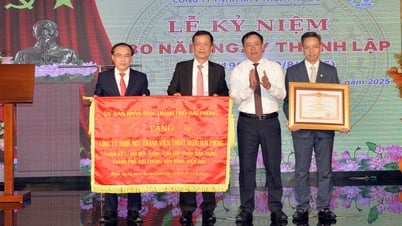

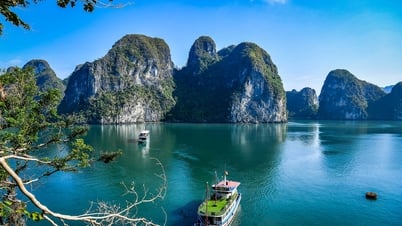

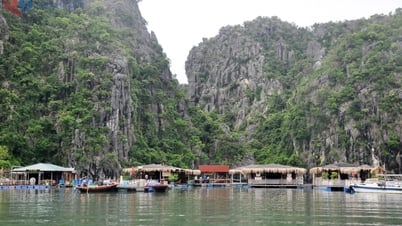

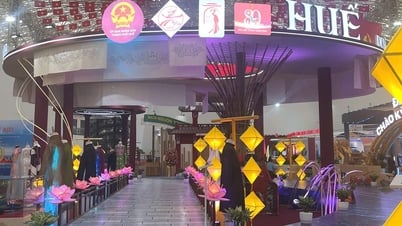

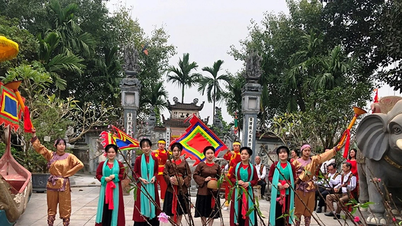

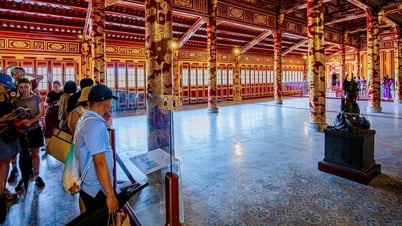



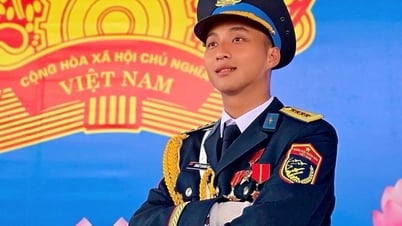

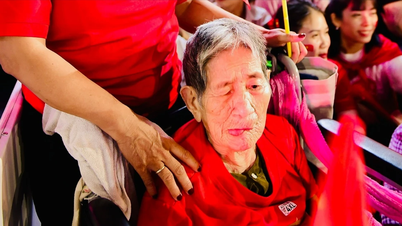

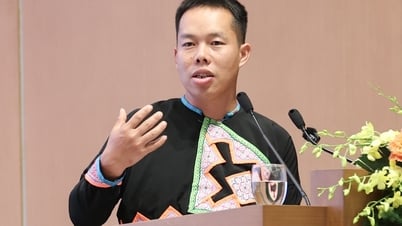

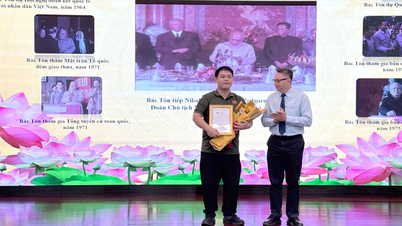

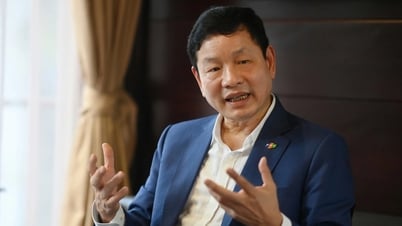

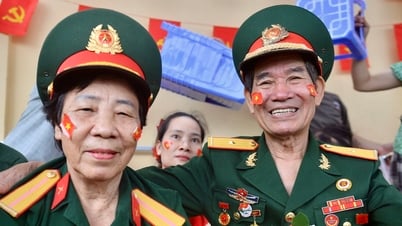
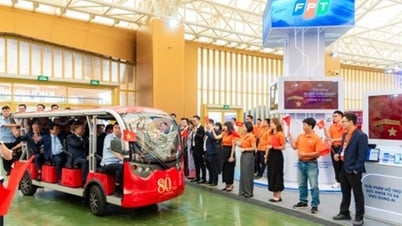

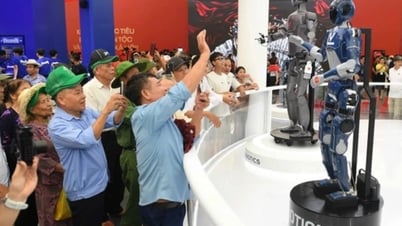
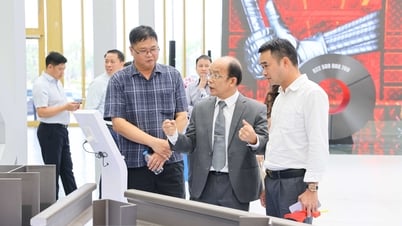
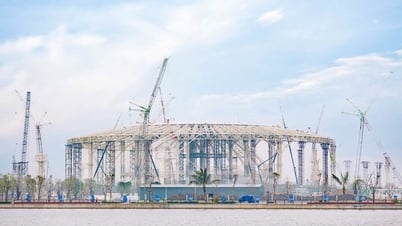
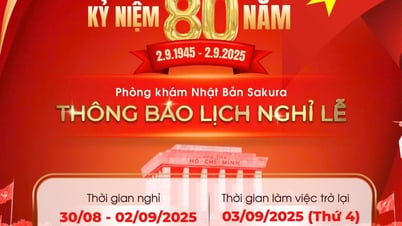
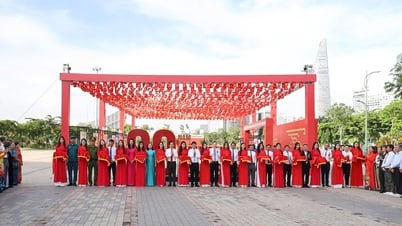
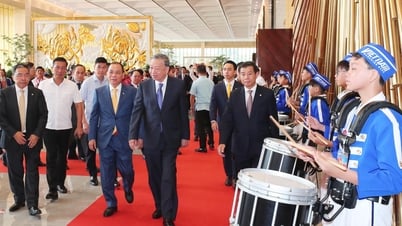

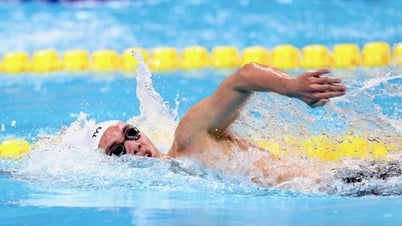
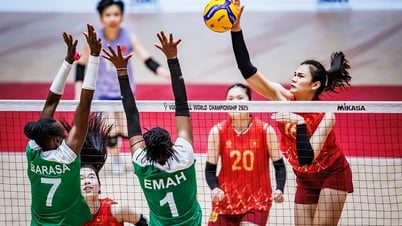

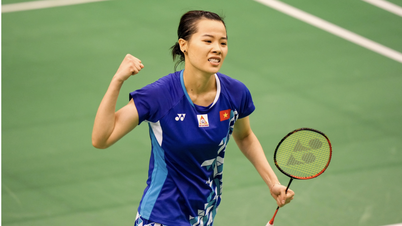
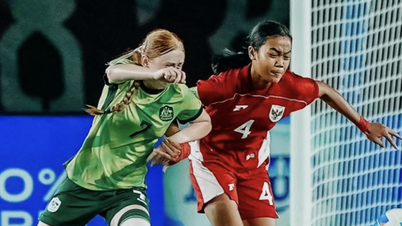

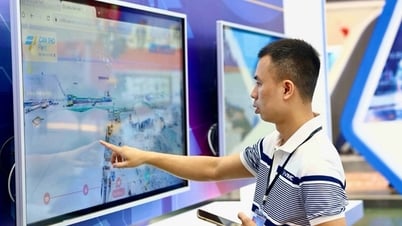

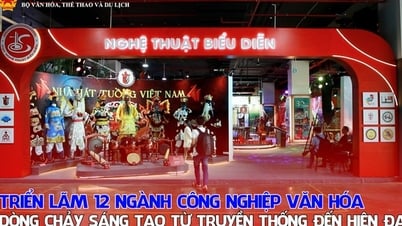

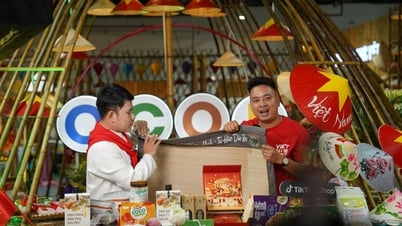


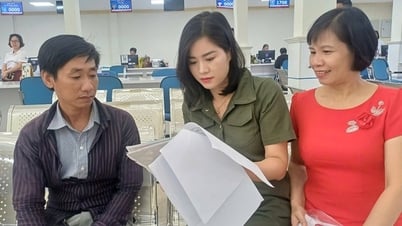
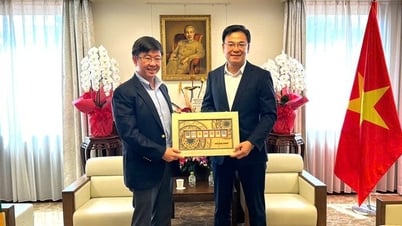
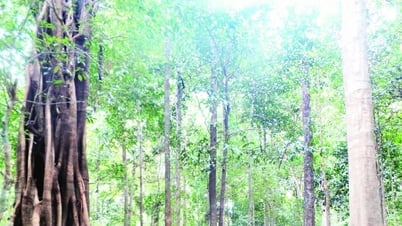

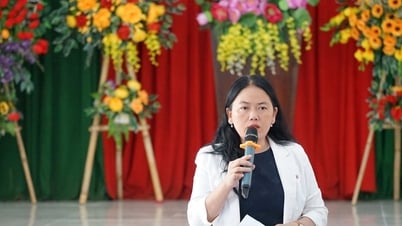
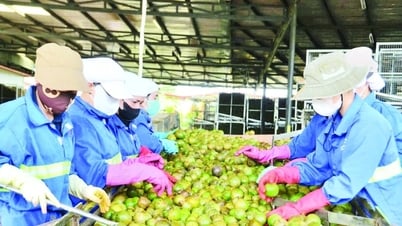
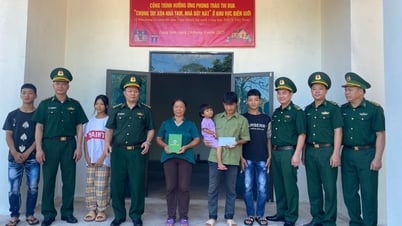

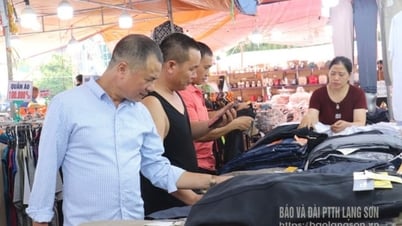
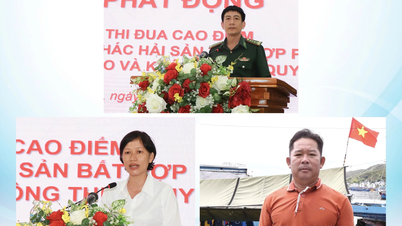



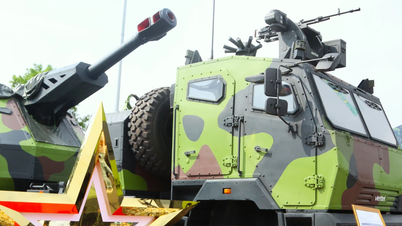

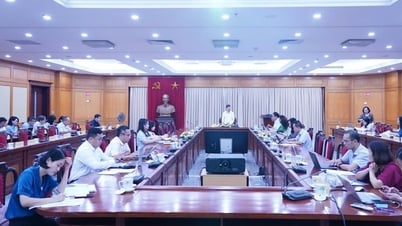

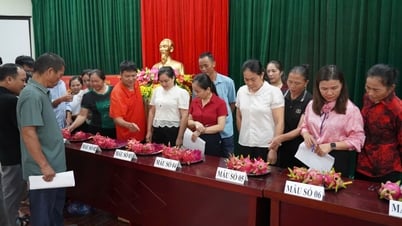

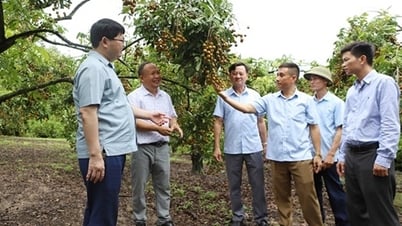






Comment (0)